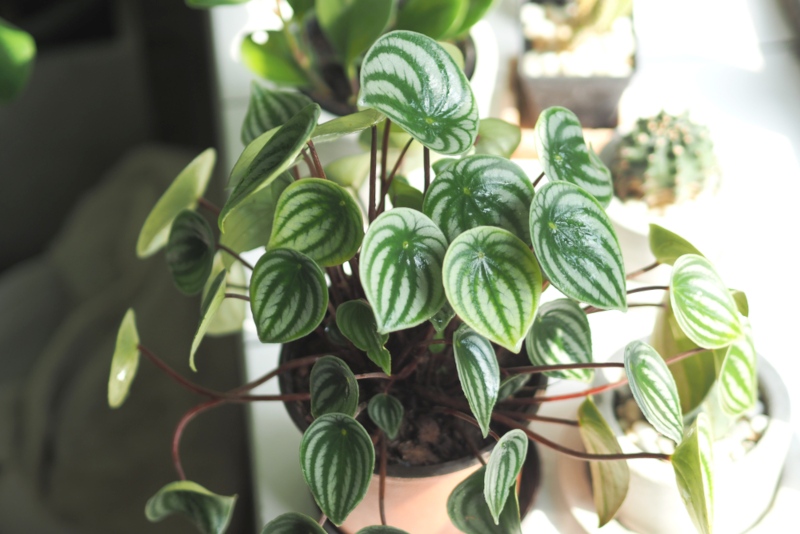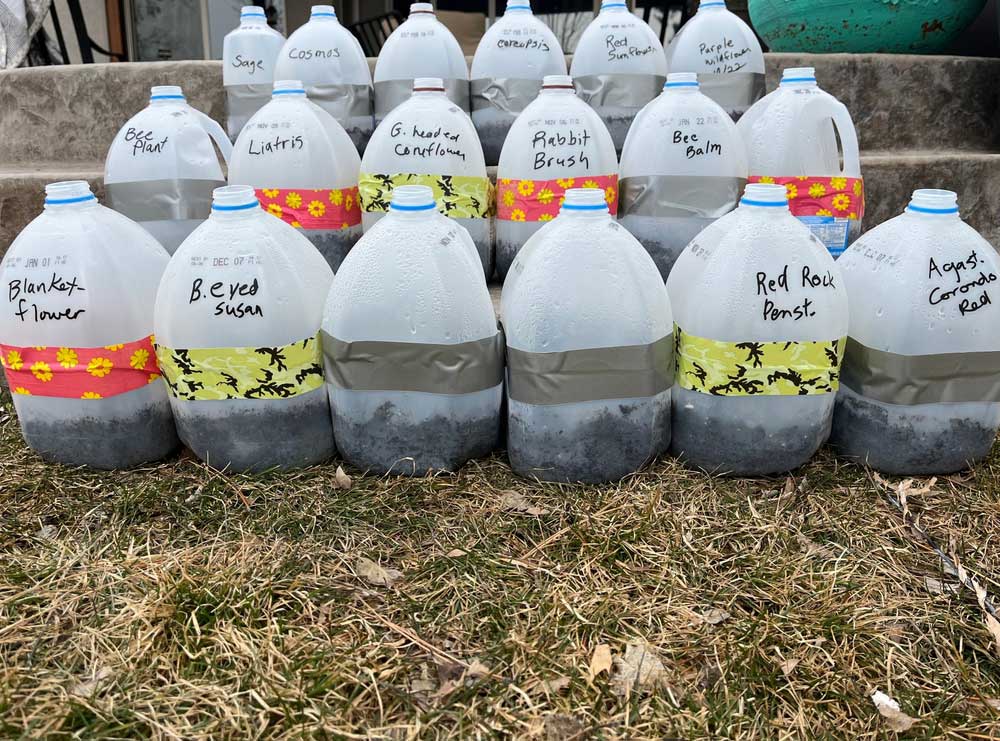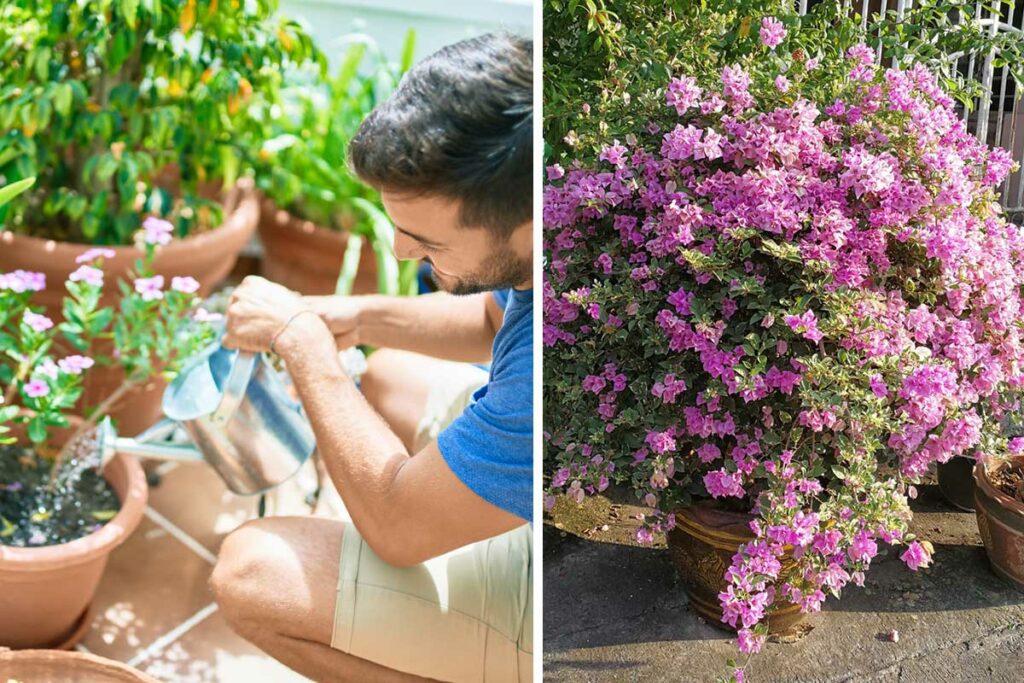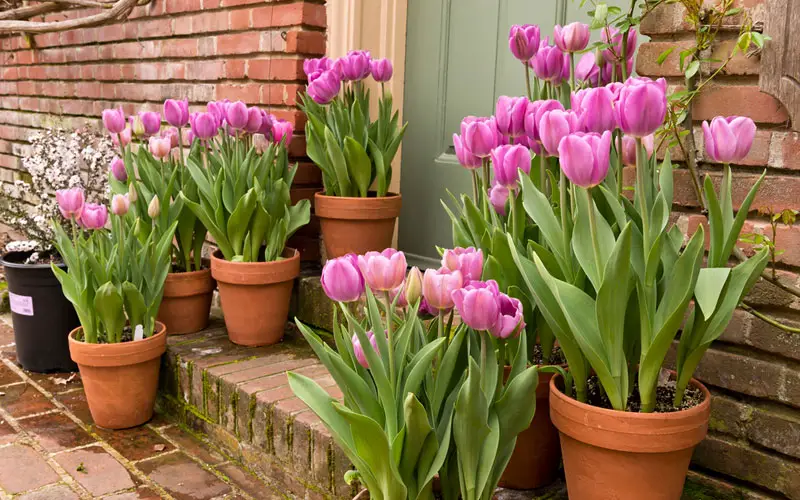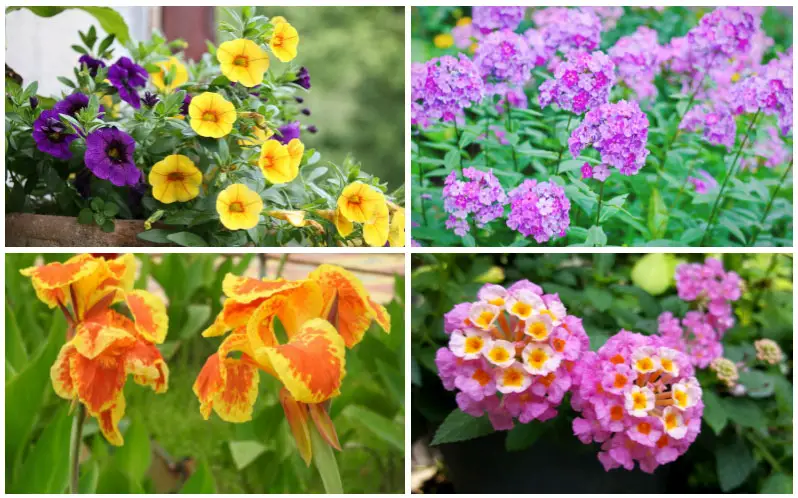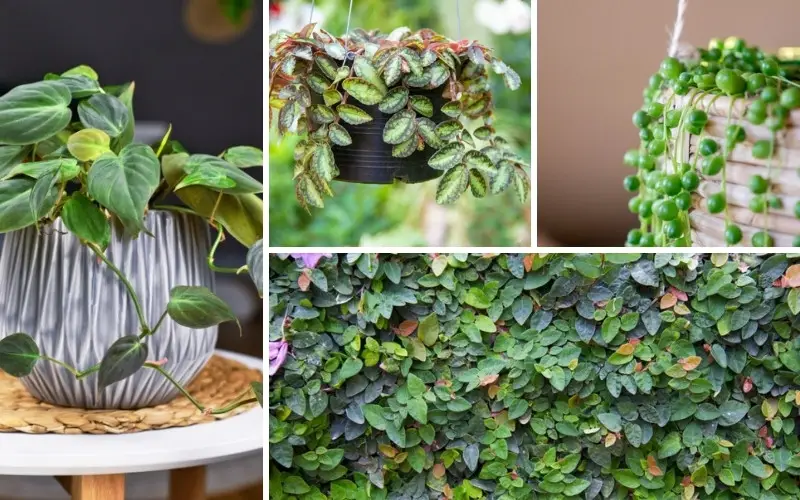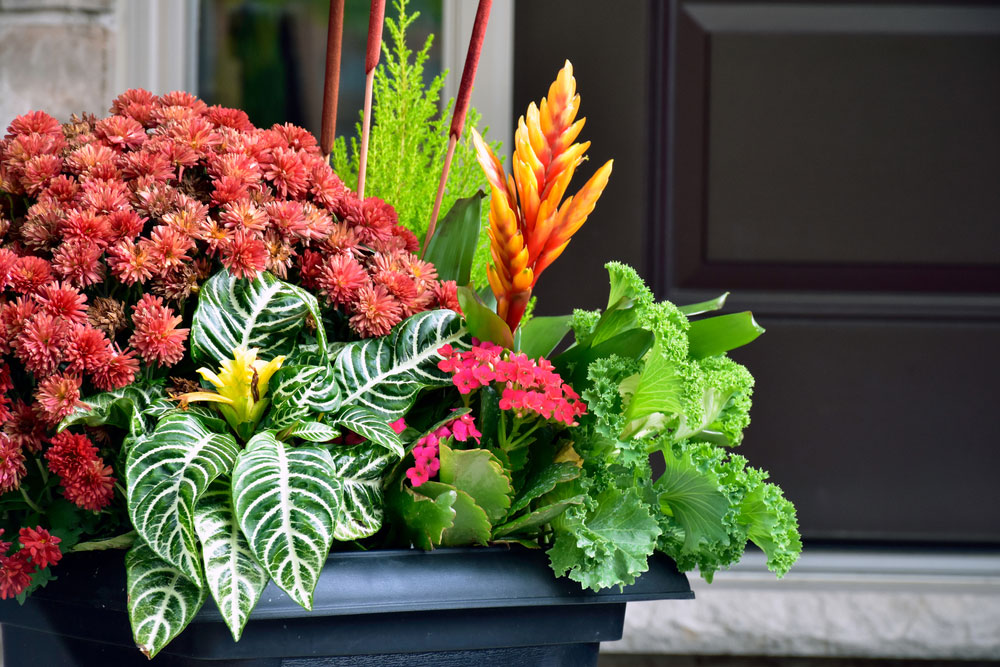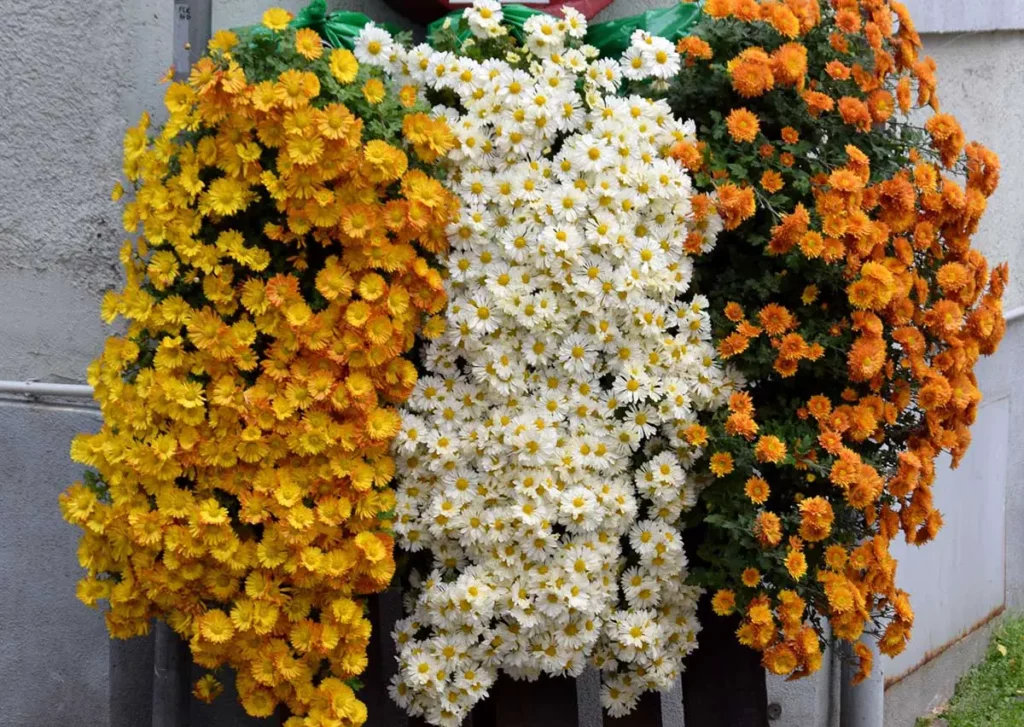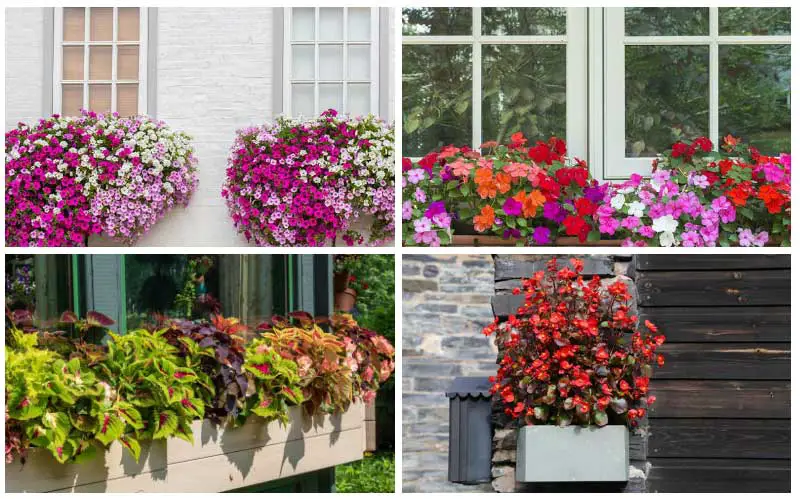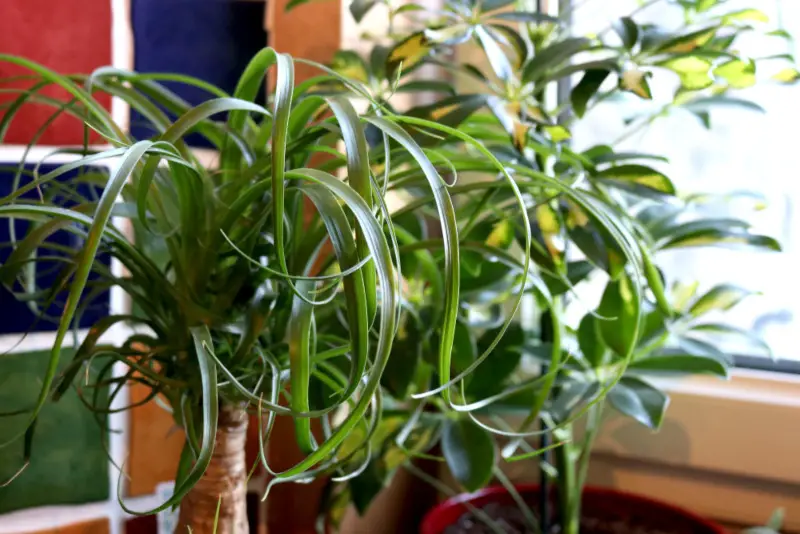
Terra cotta planters have been a favorite with gardeners for a long time. They are especially useful if you tend to overwater plants because their porous nature makes overwatering nearly impossible. Their unglazed nature allows air to get into the soil, helping your plants to thrive. Their rustic color adds a natural flair, and it is nearly impossible to beat their durability. They also help keep your plants cooler in the summer and warmer in the winter.
Some plants do exceptionally well in terra cotta pots. Let’s take a look at these 12 plants that thrive in terracotta pots.
Succulents
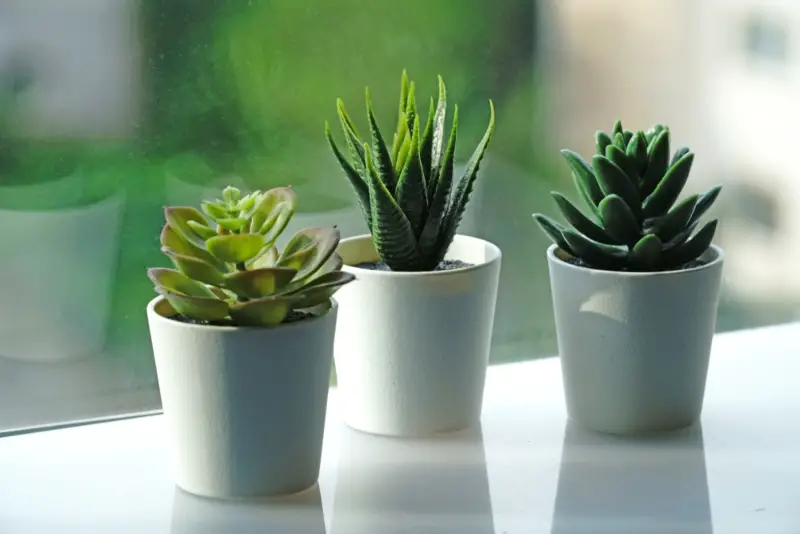
More than 25 plant families have at least one succulent member, with many having multiple ones. Terra cotta plants are ideal for them because the clay’s nature helps to draw moisture out of the soil. Among the easiest succulents to grow in an indoor pot are jade plants, aloe vera, echeveria and zebra plants.
Snake Plants
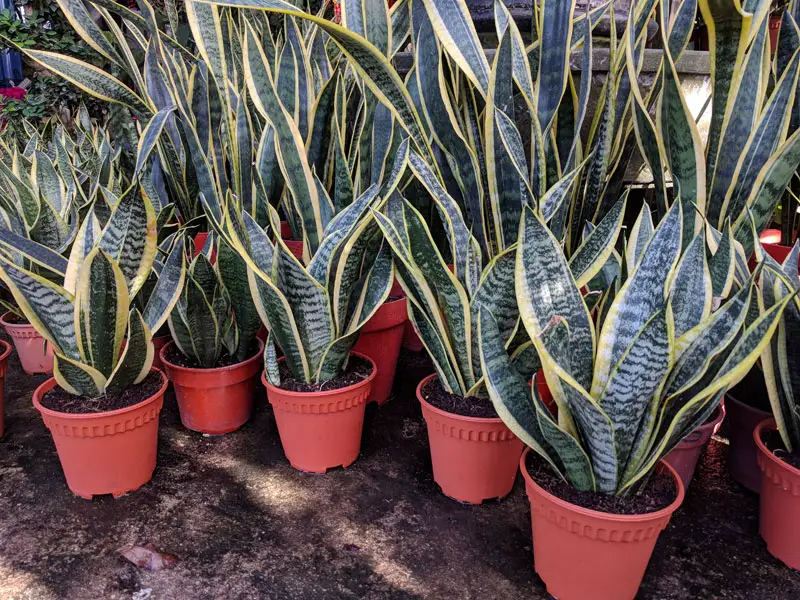
Terra cotta pots that are wider than they are tall are ideal for growing snake plants. This stemless plant produces sword-shaped leaves that usually mature to be between 2-and-4-feet tall. These fleshy leaves are dark green with gray-green horizontal stripes. While this plant can produce small greenish-white flowers and orange berries, it seldom will when grown indoors.
Philodendron
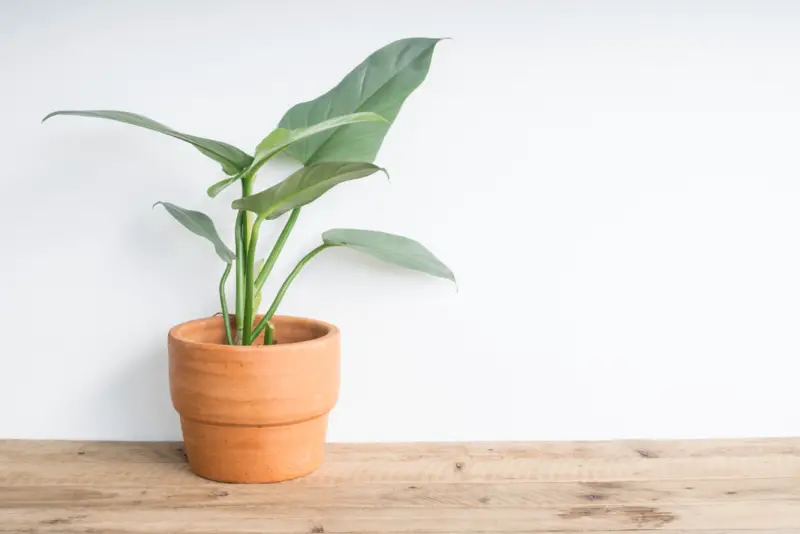
There are over 450 types of philodendrons available. If you are looking for an option that does well in hanging terra cotta baskets, consider climbing philodendrons. If you want the planter to sit on a table or the floor, then a self-heading option is usually best. Most options with velvety leaves do not like direct light and demand a higher level of humidity than other choices. Almost all philodendrons require lots of water, so choose a potting soil that will help retain moisture.
Peperomia
Peperomia is a member of the peppercorn family, and globally there are over 1,500 types available. Most options have stout stems and fleshy leaves. One of the most popular peperomias to grow as a houseplant is the Peperomia obtusifolia, often referred to as the baby rubber plant. This option does excellent with very little water and indirect light.
Swiss cheese plant (Monstera deliciosa)
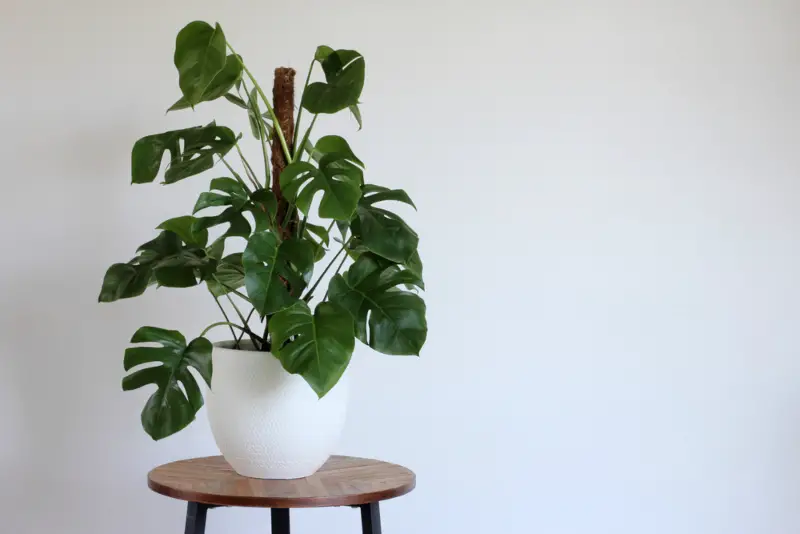
Put a swiss cheese plant in a terra cotta pot with an upright stick and watch this plant thrive. This option has long-lobed leaves. As the leaves mature, they will develop holes in them that many say looks like Swiss cheese. This option thrives in indirect sunlight in rooms kept between 60 and 85 degrees. One of the reasons this plant does well in terra cotta planters is it likes to be on the drier side.
Ficus
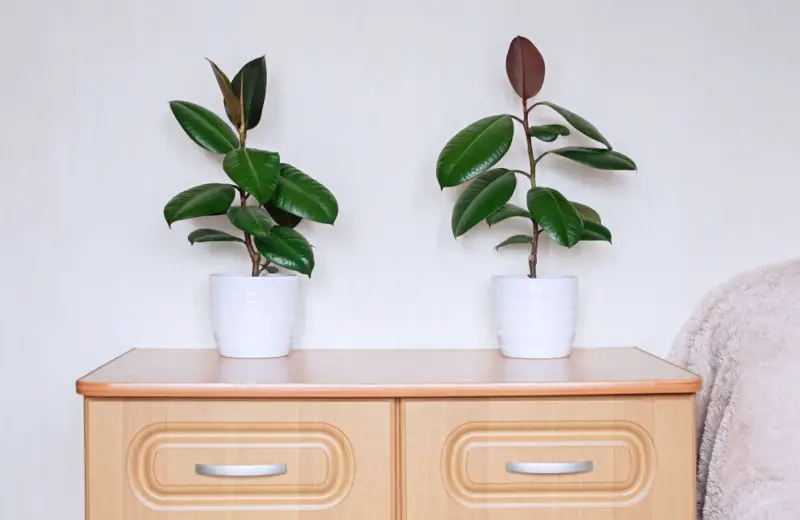
There are about 850 types of ficus globally, and many of them grow very well in terra cotta pots. The most common choice grown as a houseplant is a weeping ficus. Regardless of its size, it will have a trunk, so many people like to use them as bonsai trees. This option loves bright light and high humidity in the summer. Therefore, it is ideal in a west-facing window if you put a pan of water under it and mist it occasionally. Other common ficus options include the rubber plant and creeping fig.
String of pearls
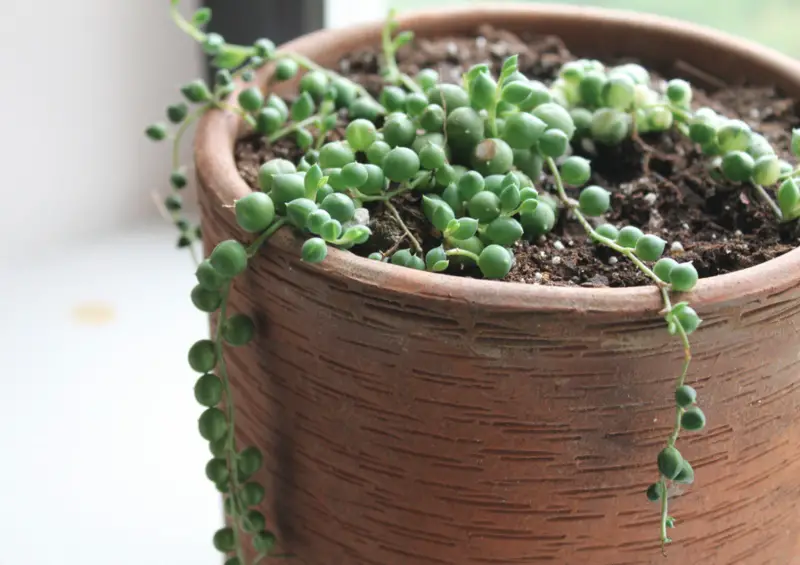
The tiny, pea-shaped leaves on the string of pearls make it a favorite with many houseplant lovers. It can also be planted in an outside hanging basket and brought in before the first frost. White flowers appear on this option during the summer. This plant can withstand frequent periods of forgetting to water it because each leaf’s middle is filled with water. Plant this option in a cactus-soil soil mix.
Aloe Vera
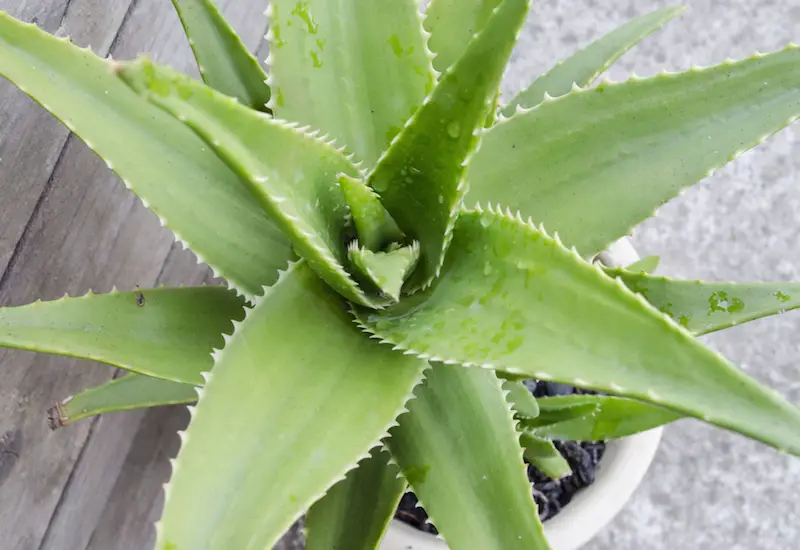
Put your aloe vera in a terra cotta planter since it is hard to over water plants in them. The lance-light leaves on this option can grow up to 18-inches long. This option loves the sun. When you take excellent care of your aloe vera plant, it will produce small yellow flowers in the summer.
Sago Palms (Cycas revoluta)
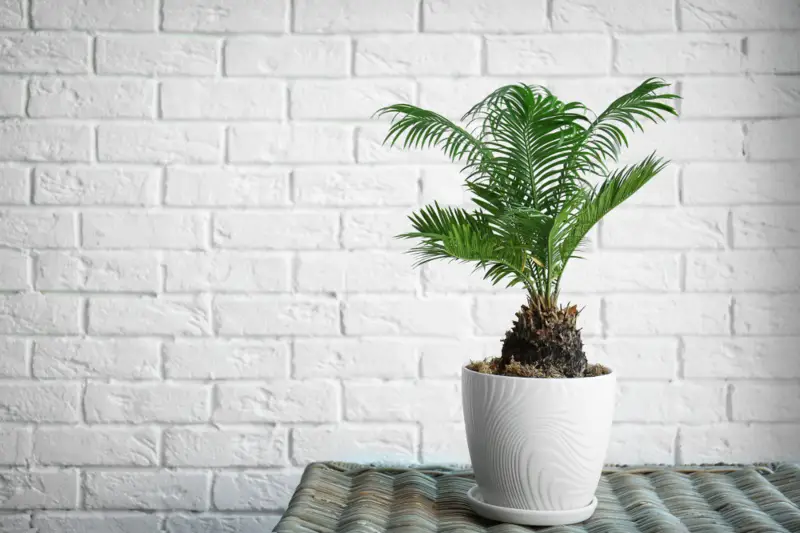
Plant a sago palm in a soil-based planting soil amended with sand, place it in indirect light and watch it thrive. This slow-growing plant will live for many years. Each of the arching leaves on this plant has a large mid-rib and spiny-tipped, dark green leaflets. The leaves form a symmetrical rosette. This option is very susceptible to root rot, so putting it in a terra cotta plant helps ensure you do not overwater it.
Dracaena
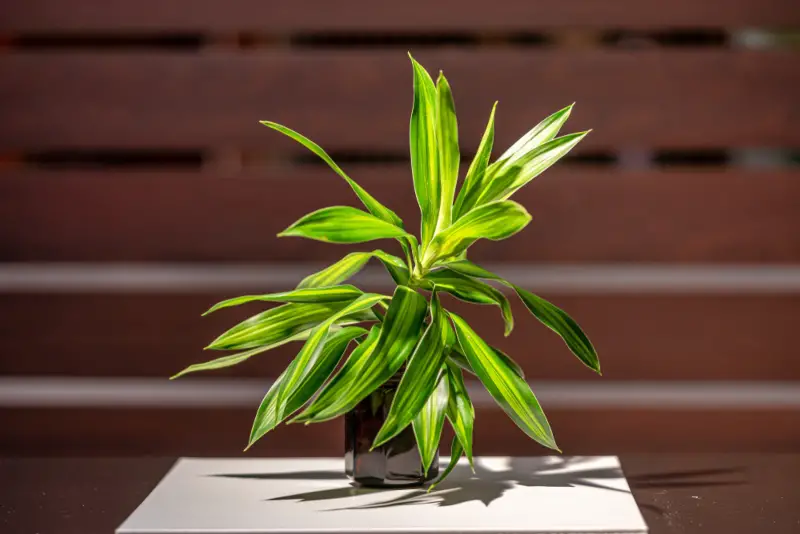
Draceana is a group of over 120 different plants. The Song of India is a common houseplant from this group. It commonly grows to be about 3-feet tall when grown as a houseplant. The leaves on this option are a yellowish-green outlined in darker green. Each leaf can grow up to 3-feet long. These plants love filtered light from a bright window. They need to dry out between waterings. Used water that has had fluoride removed because this plant does not like fluoride.
Ponytail Palm (Beaucarnea recurvata)

The ponytail palm is a unique looking plant that grows well in terra cotta pots. This plant has a funnel-shaped caudex that sits on the pot’s soil. Then, it has a narrow, trunk-like stem that ends with fountain-like leaves. This plant may develop multiple stems as it ages. Creamy white flowers appear on mature plants during the winter.
Chain of Hearts (Ceropegia woodii)
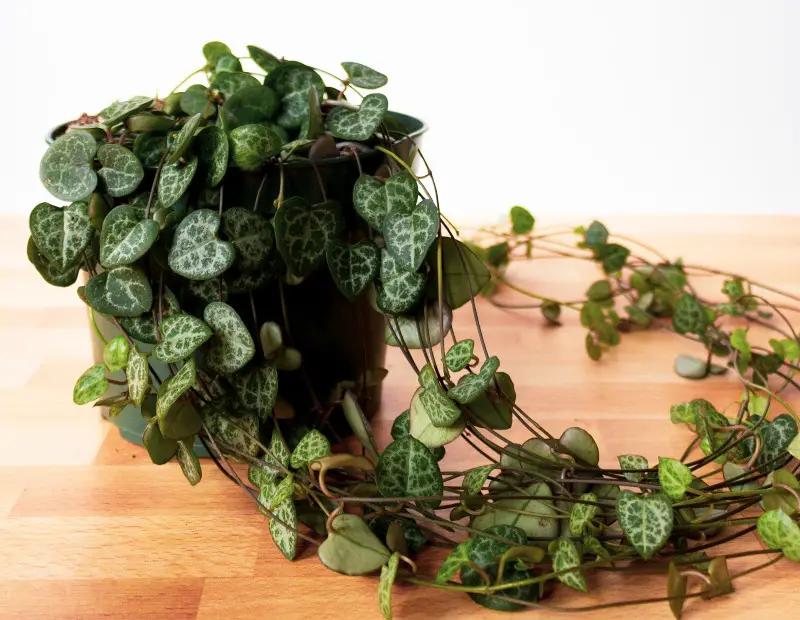
Often called the sweetheart plant, the chain of hearts grows up to 4-feet tall, but its trailing vines can be up to 13-feet long. If you want this plant to have dark green leaves, then put it in direct sunlight. If you prefer the look of paler leaves, then put it in indirect sunlight. Tubers form at leaf notches. The leaves can be up to 2-inches long. Mature plants often have a woodier appearance than immature ones.

